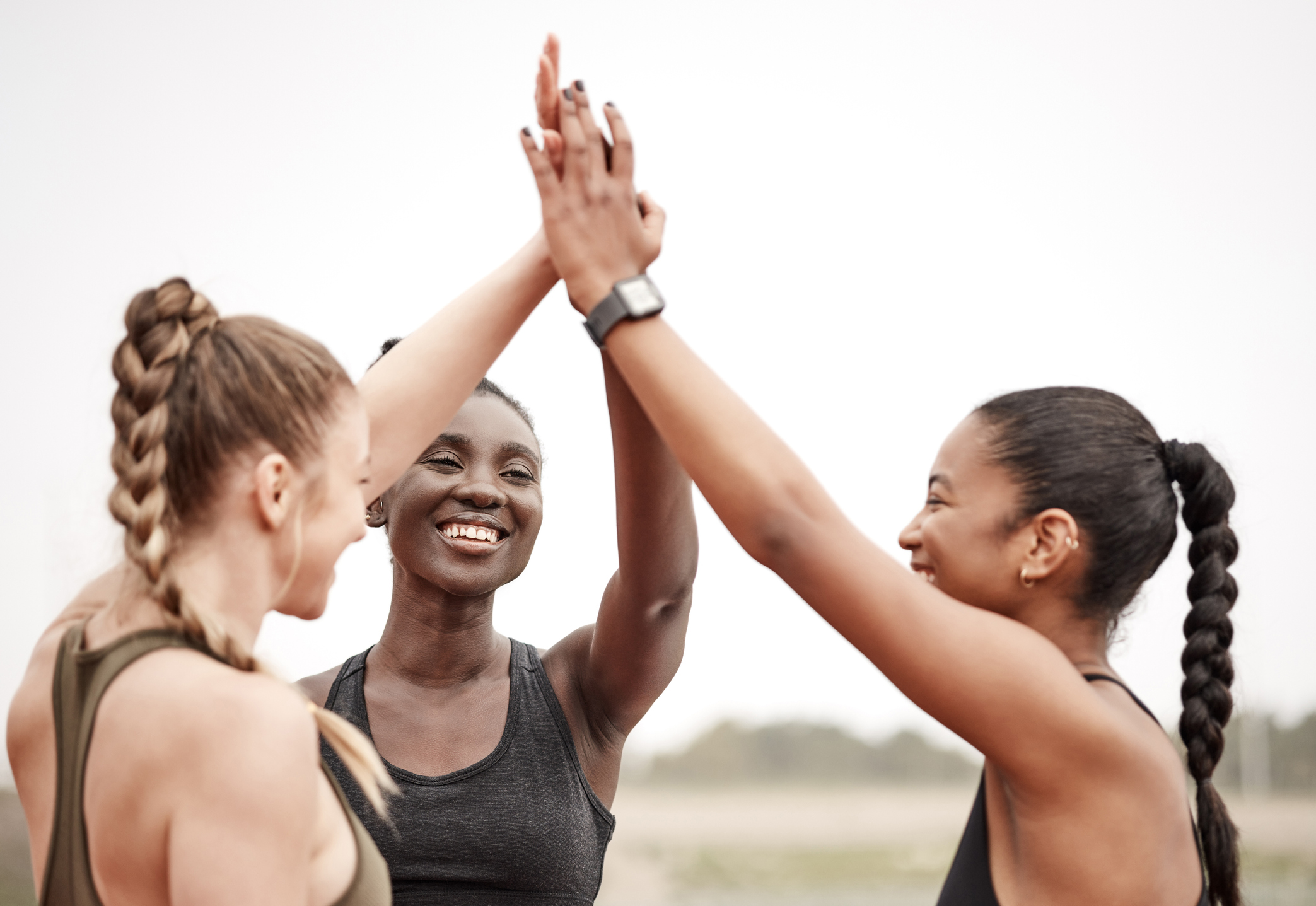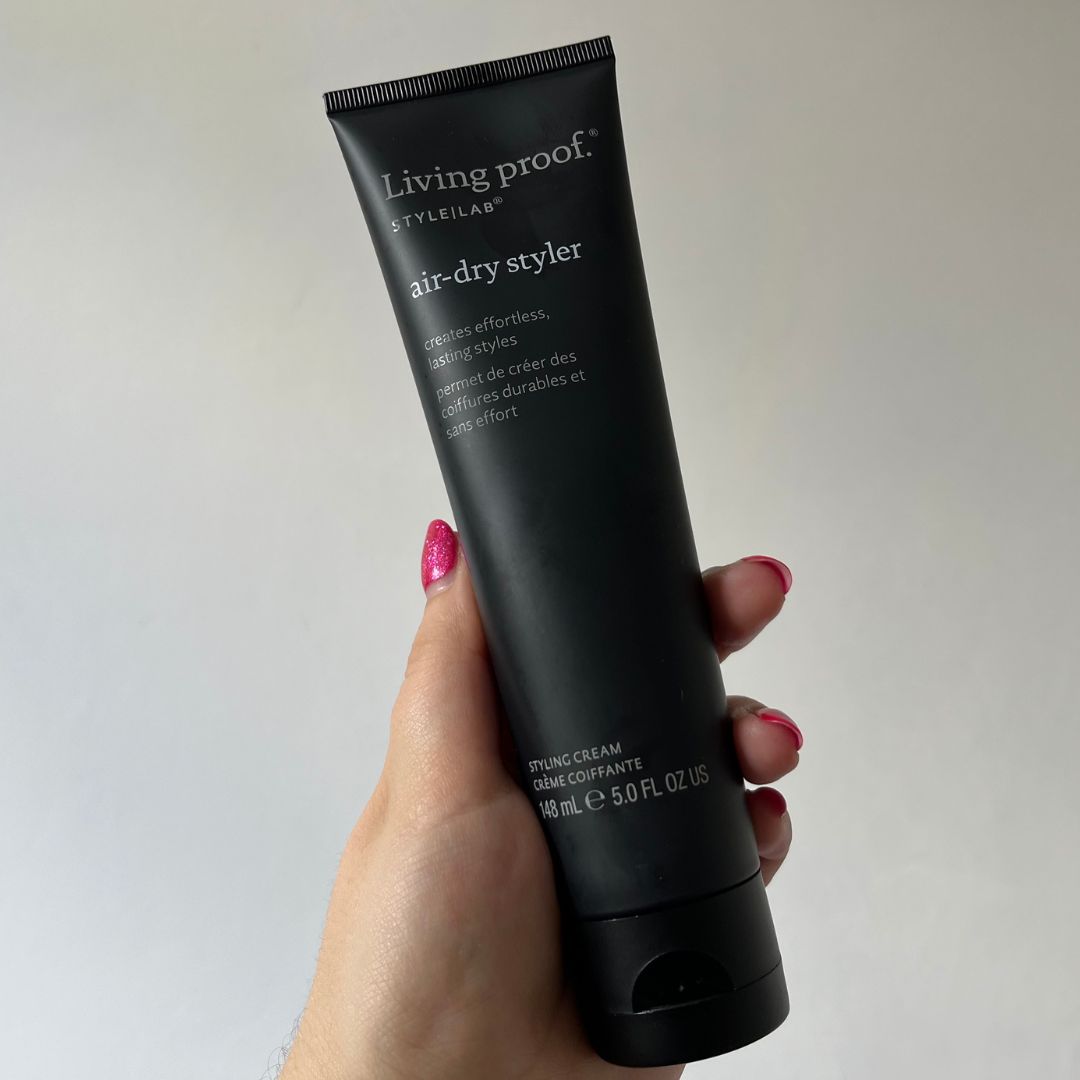8 best cool down exercises and stretches to do post-workout, according to two PT's
Time to give your muscles some love.


Time to give your muscles some love.
I don't know about you, but getting to the cool down exercises is of my favourite parts of a sweat session. After going hard on a glute workout or flowing through my go-to yoga poses, I love taking the time to chill, breathe and celebrate what my body has just done.
While it might appear prime time to lie starfish on the floor and breathe after breaking a sweat, it's common fact that there are several moves that'll serve your body better in the long run (and help you say bye, bye to delayed onset muscle soreness).
Or is it? As with warm up exercises, it's long been thought that preparing your muscles pre and cooling down your body post-exercise is key to injury prevention and more, but interestingly, not a huge amount of the research has actually found cool downs to reduce DOMs, improve muscle fatigue or boost performance. A lot of studies indicate that cool down exercises can sometimes be a waste of time - at current, there's little evidence that they do anything.
To settle the verdict once and for all, we've asked some of the best experts in the business for their take. Whether you are into running, gym workouts or a yoga classes, keep scrolling to see what Hollie Grant, award-winning Pilates Instructor and Founder of Pilates PT and Sarah Lindsay, Founder of Roar Fitness, think.
Your guide to cool down exercises - so, are they worth it?
First things first - what actually is a cool down exercise? Grant explains that cool downs are generally a series of movements designed to bring your body back to pre-exercise levels. Makes sense, right? What you do will generally depend on which workout you've just performed - for example, after a long run, a cool down exercise may be a short slow jog or a brisk-to-slow walk to gradually reduce the intensity your muscles have faced slowly and in stages.
That said, some cool down movements (more on that below) are universal.
5 benefits of cool down exercises
According to the trainers, there are some benefits of cooling down post-session.
- Gradually reduces your heart rate back to pre-exercise levels
- Promotes relaxation
- Reduces the chance of muscle stiffness
- Gives you time to reflect on your workout
- Boosts recovery.
The main purpose of cooling down is to gradually bring your heart rate and breath rate back down, which is important as there is always "the potential risk of dizziness or nausea that can take place if there is no cool down," shares Grant. If you simply stop moving at the end of a workout, we simply stop moving, it can have the effect of blood pooling in the legs and causing a feeling of light headedness, nausea, and potentially increasing the likelihood of varicose veins."

Lindsay also points out that cooling down can help to ensure you gain maximum benefits from the training you've done and will also mean you're able to perform to a higher level in your next training session.
In general, it's the perfect time to rehydrate and reflect on your workout, too. You can note PB's or plan what you want to work on next time, using it as a time to give yourself a well-deserved pat on the back. (Read our guides to meditation benefits and breathwork training, here).
If you are keen to incorporate cool downs for the above purposes, Lindsay has some tips for you. Keep in mind the aim of the game - to gradually bring your heart rate down to a resting state and bring new blood to the worked muscles. "This improves recovery and reduces stiffness and soreness", she goes on.
Try this: She continues that static stretches - that is, stretches where you are stood still - are simple and easy-to-do cool down exercises because your muscles are already warm and more flexible. Finishing off your workout with moves like a hip flexor, glute or spine stretch - some of her favourites - "encourages flexibility and promotes good range of movement at the joints," she shares.
Are cool down exercises actually important?
That said, Grant does point out that there is actually little evidence to show a link between positive markers, such as DOMS, muscle pain, performance and so on - and cool downs.
"I personally do feel they’re an important way to end a workout, but that is my personal preference," she explains. "From a safety point of view (Grant works with a lot of prenatal clients), I feel a cool down gives a chance to check that the client feels ok, not dizzy, and ready to get on with the rest of their day."
How do I cool down? Your guide
Good question - as it'll vary from person to person and session to session.
Grant explains that, with any aerobic activity cool down, it's key to try to gradually reduce the intensity until you are in control of your breath, your heart rate feels back to some sort of “normal” and you feel ready to stop. For example, if you've just done some weight training, it could be a good idea to do some bodyweight moves before stretching out.
Lindsay adds that it can be beneficial to do some cardio to finish off a session. "A cool down that consists of a few minutes of traditional type cardio will do well - think jogging, fast walking, cycling, rowing, or skipping. Whatever you enjoy and have to hand," she explains.
8 cool down exercises and stretches to try after your next workout
Keep scrolling for some cool down exercises to try.
1. Child's pose
Yoga poses are a great simple and universal way to calm. Deep breaths in child's pose will help you relax almost immediately (plus it's also a good rest position if the workout ever gets too much).
Try this:
a. Start on all fours, and taking a deep breath spread your knees wide apart while your big toes touch.
b. Keeping your bottom on your heels, stretch your arms out above your head. Inhale and exhale, slowly and deeply until your breath is back at its pre-exercise rate.
2. Hip flexor stretch
Another great post-workout stretch is a hip flexor stretch, more commonly known as a kneeling lunge.
Try this:
a. To stretch the hips and glutes, start in a kneeling position on the mat. Lunge your left leg out in front of you and your right knee onto the floor.
b. Keeping your core tight, push your hips forward. Hold for up to 30 seconds, and repeat on each leg. There is always the option to stretch a little at a time.
3. Pigeon pose
Another great hip opening cool down stretch? Piegon pose. New to the game? Our guide to yoga for beginners will help.
Try this:
a. Start on all fours. Move your right knee towards your right wrist. You should feel an outer hip stretch but no discomfort.
b. Slide your other leg back and place both hands on the floor in front of you. You can enjoy this stretch with your torse upright or nearer the floor.
4. Shoulder stretch
You can stand or sit for this, whichever you prefer.
Try this:
a. From standing or sitting, lift your left elbow, resting the hand near your spine or neck.
b. Take your right hand and gently press on the left elbow to push the left hand further down your spine, deepening the stretch. Hold for 30 seconds and repeat on the opposite side.
5. Quad stretch
A great move for after leg-focused workouts, cross training, or running sessions.
Try this:
a. Start with both feet on the floor and shoulder-width apart.
b. Bend your left knee to your bottom and hold it with both hands, the stretch should be felt in the front of your left leg. Hold for up to 30 seconds and repeat with the right leg.
6. Cat cow spine stretch
This is one of Lindsay's favourite cool down moves. It stretches your stomach and back muscles and is key for reducing body stress and tension.
Try this:
a. Begin on all fours. Your palms should be spread widely, your wrists underneath your shoulders and your knees positioned directly beneath the hips.
b. Extend through your head to enter the table top position. Roll your shoulders away from your ears and draw the navel towards the spine. Remember to enjoy the stretch and breathe.
7. Glute stretch
Because, believe it or not, your glutes are worked out during almost every workout, from high intensity interval training to Reformer Pilates.
Try this:
a. Start on the floor with both legs out in front of you.
b. Then, cross one ankle over the opposite knee, placing your hands on the outside of your thigh.
8. Jog or walk
Keen to try a less static cool down? As above, a light jog or walk will also do the trick. "Essentially with any aerobic activity cool down, try to gradually reduce the intensity until you are in control of your breath, your heart rate feels back to some sort of “normal” and you feel ready to stop," Grant recommends.
Try this:
If you've been running, the PT advises first slowing to a jog for one to two mins, then a brisk walk for one to two mins, then a slow walk for one to two mins.
If you're spinning or using a cross trainer, try reducing your intensity and speed by 50% every one to two mins until you are at a stop.
Marie Claire Newsletter
Celebrity news, beauty, fashion advice, and fascinating features, delivered straight to your inbox!
Dionne Brighton is a writer at Marie Claire UK, specialising in all things shopping, beauty and fashion. Born and raised in North London, she studied Literature at the University of East Anglia before taking the leap into journalism. These days, you can find her testing out the latest TikTok beauty trends or finding out what the next full Moon means.
-
 Jonathan Anderson is going to Dior Men
Jonathan Anderson is going to Dior MenHis debut collection will be this June
By Mischa Anouk Smith
-
 I'm a 2025 bride and these are the best affordable wedding dresses I've found
I'm a 2025 bride and these are the best affordable wedding dresses I've foundLess than £1,000 but still the height of chic
By Sofia Piza
-
 I haven't worn my hair completely natural for years, but this air-dry styling cream has made me love my waves again
I haven't worn my hair completely natural for years, but this air-dry styling cream has made me love my waves againI will never be without this
By Amelia Yeomans